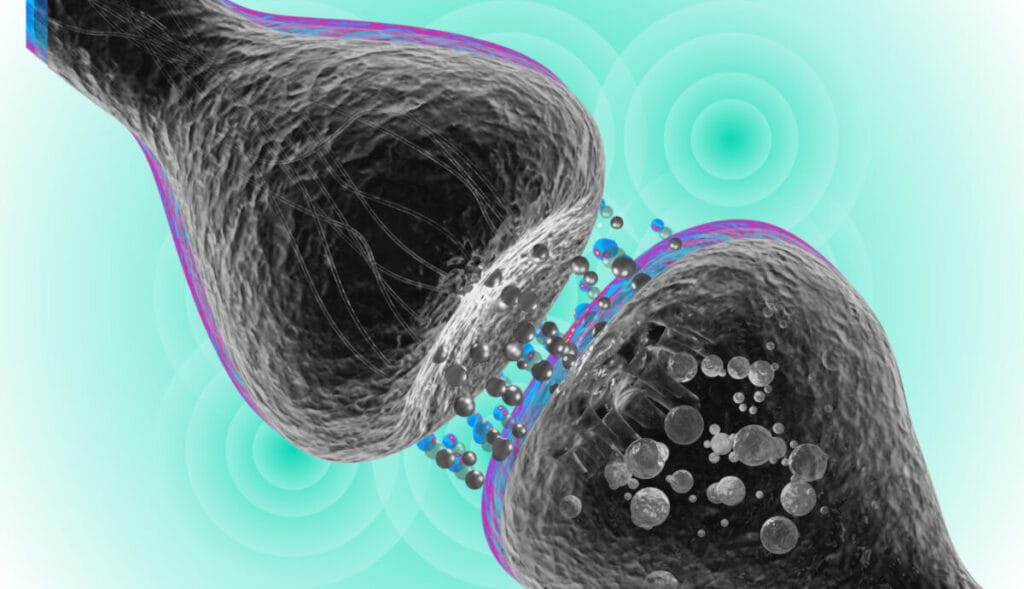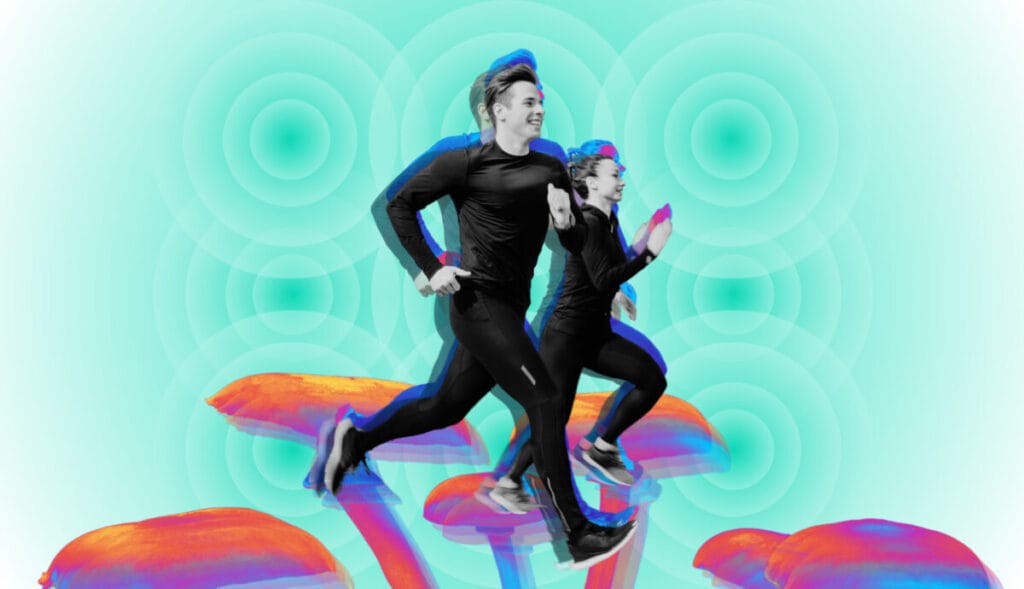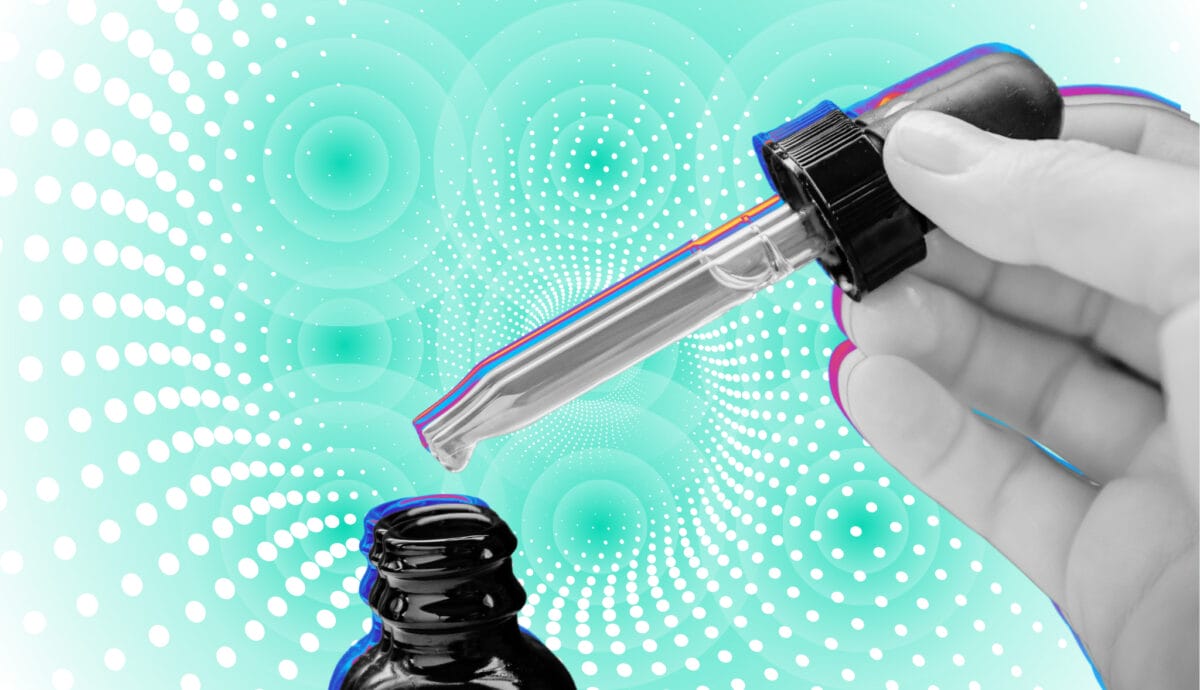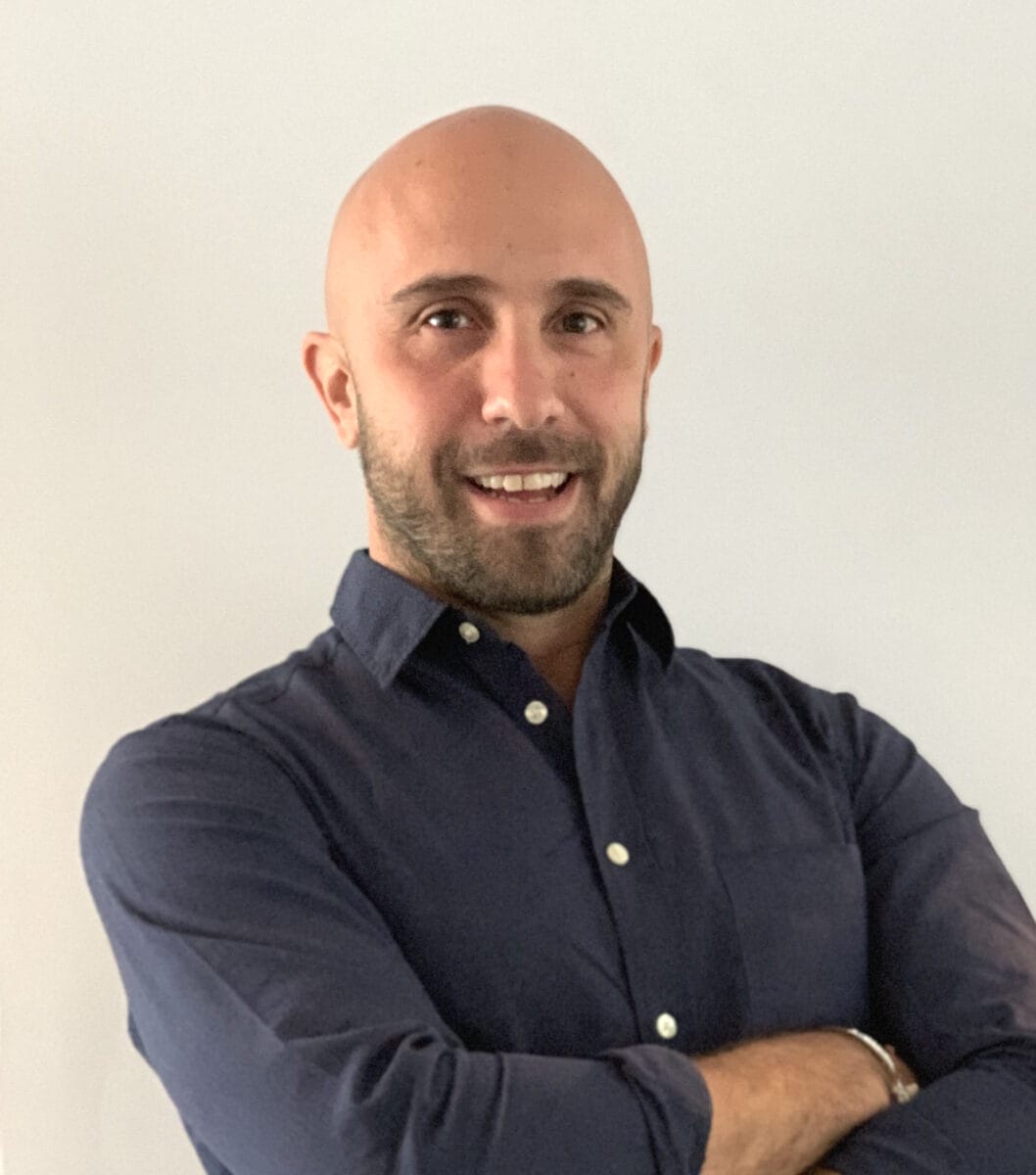Microdosing. By now the practice has fully emerged from the underground and into the mainstream. No longer the domain of self-healing psychonauts and efficiency-chasing CEOs, the benefits of microdosing can be found in major magazines and clinical trials with Ivy-league universities.
The concept is relatively simple: taking very small, sub-perceptual doses of psychedelics (generally one-tenth to one-twentieth of a recreational or therapeutic dose). This practice has been reported to provide some of the benefits of psychedelic substances without strong sensory effects and, sometimes, help with the difficult work involved in full psychedelic-assisted therapy sessions.
Many people swear by microdosing and say it has greatly improved their mental health and daily lives. It seems we’ve passed a tipping point and that microdosing is here to stay.
As we move towards possible approval of psychedelic medicines by the FDA, and with decriminalization measures making progress in jurisdictions across the globe, how will microdosing fit into this future of psychedelic-assisted therapy? What benefits does it provide to therapists, practitioners, and the clients they serve?

Microdosing as a Tool For Practitioners and Clients
Despite an overwhelming number of positive personal stories and self-reported research, the hard science is still out as to the level of tangible benefits patients might gain from microdosing psychedelics. However, this combination of enthusiastic anecdotal reports and (slowly) mounting clinical research makes microdosing an intriguing tool for people looking to better their mental health and the practitioners who help them do it.
We spoke with Kayse Gehret, microdosing expert and founder of Microdosing for Healing, for her perspective on how microdosing can improve therapeutic results for both patients and practitioners.
Microdosing is the ideal way to introduce most individuals to psychedelic practice and therapy.
“Its relative subtlety is an advantage as it provides people a gentler introductory experience and begins to allow some challenging or unfamiliar emotions to surface incrementally versus all at once,” Gehret said. “My colleagues and I are seeing an increasing number of clients coming to us after returning from a high dose ceremonial retreat feeling destabilized. While psychedelics can bring us big truths, we must also recognize that much of the public is not appropriately prepared, resourced, or ready to receive these truths in a single weekend.”
The therapeutic potential of psychedelics has been known for decades (centuries or milenia if considering insights from ancestral and indigenous communities). From PTSD to depression, high dose psychedelic-assisted therapy has shown impressive therapeutic results.

How Does Microdosing Work with Therapy?
Psychedelics primarily work by modulating the brain’s serotonin system, which plays a key role in mood regulation, cognition, and perception. They can also enhance neural plasticity and connectivity. These types of effects create states of mind that are fertile ground for mental health therapies. Openness, creativity, dissolution of the ego, the breaking of bad habits of mind — all are typical benefits of psychedelic therapy that may also be accessible through microdosing regimens.
According to Gehret, microdosing has a lighter touch, and is less of a jarring and intimidating experience. This allows patients to take part in psychedelic therapies with a gentler, more accessible introduction.
“By starting with microdosing, individuals can begin to heal and discover threads and shadow material leading up to and in preparation for their high dose journey,” Gehret explained. “In our microdosing community, I’ve witnessed repeatedly that when people begin with microdosing and work to deepen their relationship with the medicine over time, when they ultimately journey they tend to have much less fear, resistance and ‘challenging trip’ experience.”
Gehret leads the microdosing specialization course offered as part of the Vital Professional Certificate Training in Integrative Psychedelic Studies. She believes microdosing offers unique opportunities for mental health professionals.
“Professionally, I also believe microdosing is wonderfully supportive of the therapeutic bond between the client and their facilitator. By beginning with a microdosing protocol, a psychedelic guide can establish, deepen, and develop their bond with a client well in advance of the journey, which I believe can lead to much better outcomes and experiences for both client and guide.”

Therapeutic Benefits of Microdosing Psychedelics
While the efficacy of psychedelic medicine is becoming increasingly known to mental health professionals, it’s useful to look at some of the potential benefits of microdosing protocols and how practitioners may be able to incorporate them into their practices.
- Depression and Anxiety: One of the most promising areas for microdosing psychedelics is in the treatment of depression and anxiety. Anecdotal reports and preliminary studies suggest that microdosing can lead to improvements in mood, reduced anxiety, and increased emotional resilience. For clients who have not responded well to traditional talk therapy or antidepressants, microdosing may offer an alternative or adjunctive treatment option. For recent clinical results, see the Phase 2 results from MindBio Therapeutics’ microdosing trial using LSD for depression.
- Enhanced Creativity and Problem-Solving: Microdosing has been reported to enhance creativity, focus, and problem-solving abilities. These cognitive benefits can be particularly useful in therapeutic settings, where patients are often encouraged to engage in introspective and creative processes as part of their treatment. Enhanced cognitive flexibility may also help patients break out of rigid thought patterns that contribute to unhealthy states of mind.
- Improved Emotional Regulation: Emotional dysregulation is a common feature of many mental health conditions. Some studies have shown that microdosing may help individuals better manage their emotions, leading to greater emotional stability and reduced reactivity. This can be particularly beneficial in therapies aimed at addressing trauma, where patients need to confront and process difficult emotions.
- Increased Mindfulness and Presence: Personal reports and self-reported research has shown increased mindfulness and a greater sense of presence in their daily lives. This heightened awareness can enhance the effectiveness of therapeutic practices such as mindfulness-based cognitive therapy (MBCT) and other mindfulness-based interventions.
Gehret has been guiding therapies and teaching Vital’s microdosing courses for several years, sharing her first-hand experience with burgeoning student practitioners. In addition to the therapeutic possibilities, microdosing protocols can help solve issues around access, as traditional psychedelic-assisted therapy can be a costly and lengthy endeavor, she says.
“Microdosing is a subtle and gentle way to explore a therapeutic relationship with psychedelics and test how your body, mind, and spirit respond. It’s also far more accessible and affordable than clinical psychedelic therapy treatments, which can run into multiple thousands of dollars for a single experience, is not covered by most insurers, and will leave out most of the under-insured population,” she told Psychedelics Today. “On the other hand, cultivating your own medicines and becoming part of a microdosing community will cost far less, plus provide you with the ongoing benefits of community, education and support.”
As psychedelic therapy continues to enter the mainstream, it seems that microdosing will become an important introductory tool for those looking for help but are perhaps not yet fully comfortable with the idea of psychedelics. From a logistical perspective, the shorter session time and lack of hallucinatory journey means that microdosing can provide a tool for practitioners that offers some of the benefits of psychedelic therapies but with fewer demands on resources (time and costs), which can create a more accessible experience for clients.
Microdosing group work and peer-to-peer models are also advantageous over traditional one-to-one therapy, as more people can be served, while eliminating the potential for practitioner burnout
“These models also empower people to step into their own healing, self-trust, and intuition, and support each other in the process. In our microdosing community, we have people who have been attending our gatherings since our inception – and many of them have gone on to become microdosing coaches, guides and community builders. They serve as models, mentors and inspiration for the participants just starting out.”
This psychedelic resurgence is in an exciting moment, one that offers the possibility to create new modes and models for mental health treatments. Yet as with any new frontier, it’s crucial to build solid foundations based on education and responsibility. Ensuring that tomorrow’s practitioners are receiving the proper training is vital to the health of the growing landscape. Mentors like Gehret are lending their expertise to help build these paradigms.
In the future, Gehret envisions practitioners offering a range of microdosing support: integration circles, one to one support, group programs, and weaving the practice into their existing healing modalities like bodywork, psychotherapy, end-of-life care, human design, hypnotherapy, and more.
“This new way of incorporating and blending complementary modalities is incredibly effective and also a breath of fresh air from the silos and gate-keeping we see within medical models of care where you need to get a referral for everything and the system is rigged for profit over the best interest of the patient,” she said. “It really is an exciting time to be in the healing professions and microdosing is an ideal practice and bridge for people to begin to think differently about their health and healing.”



